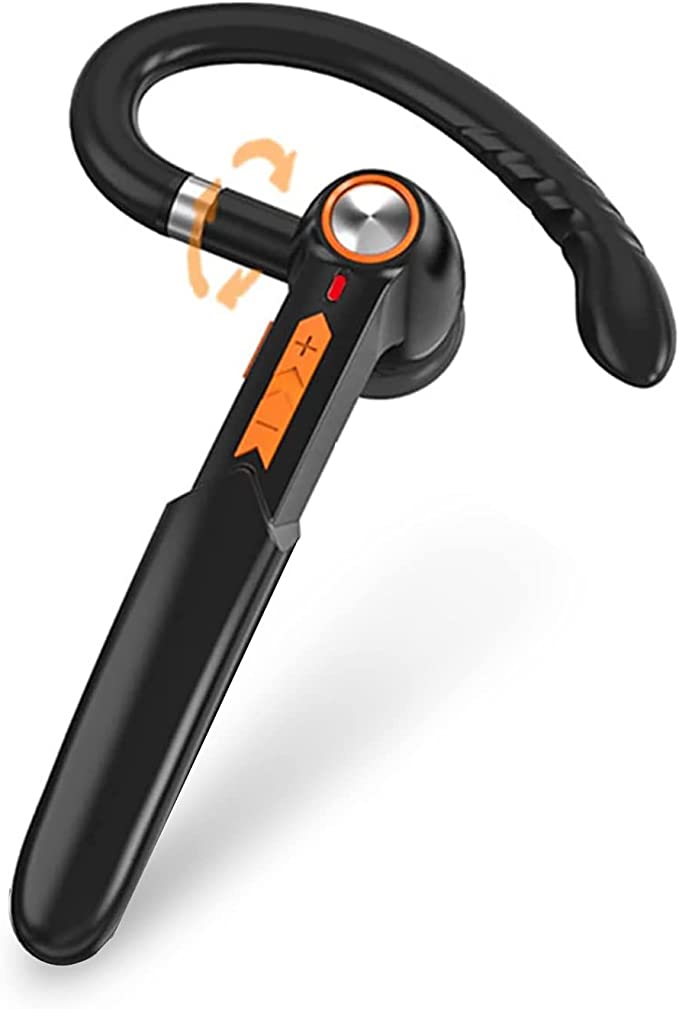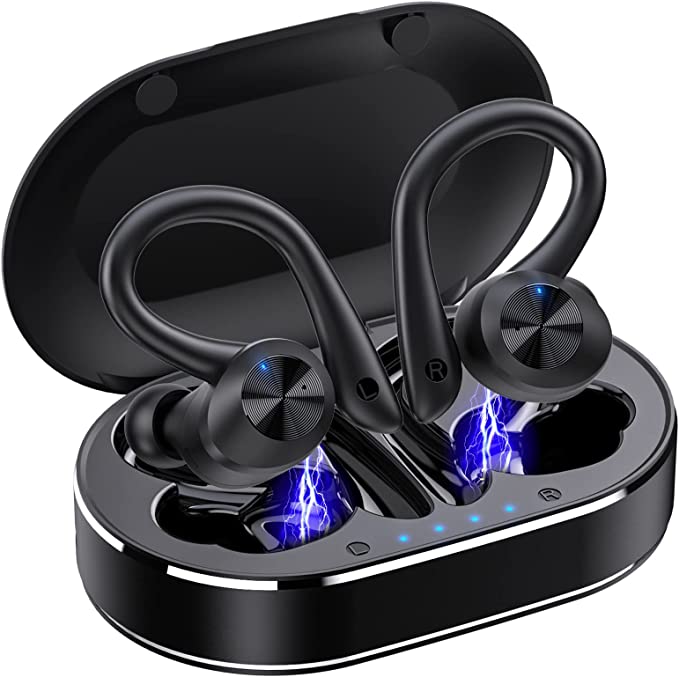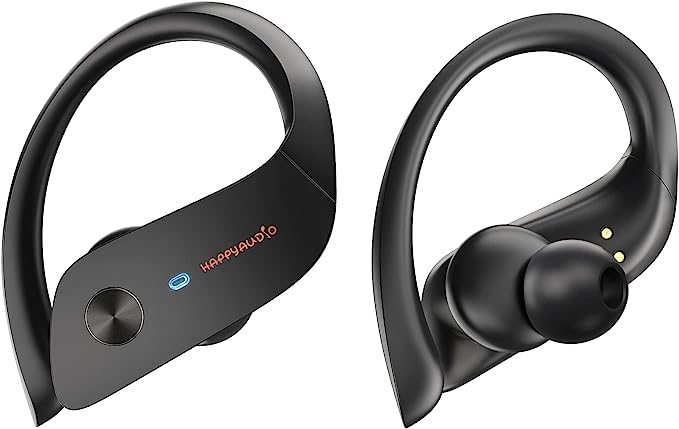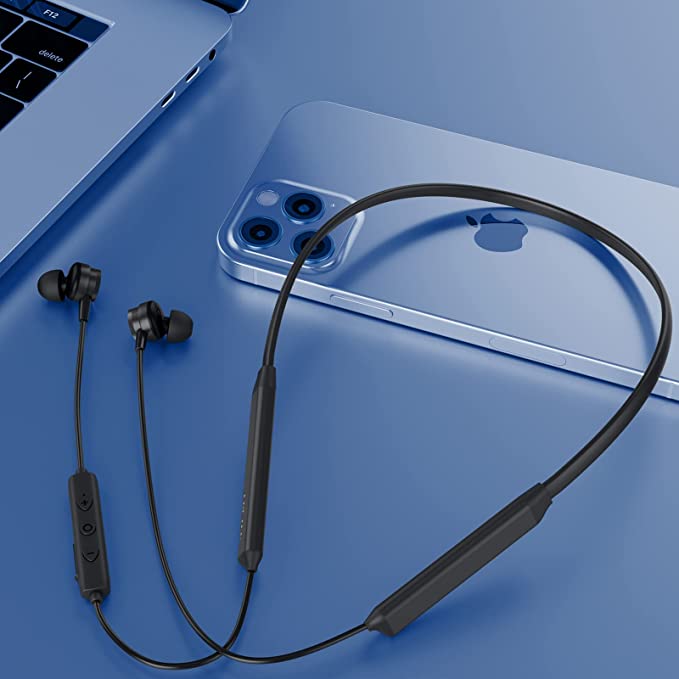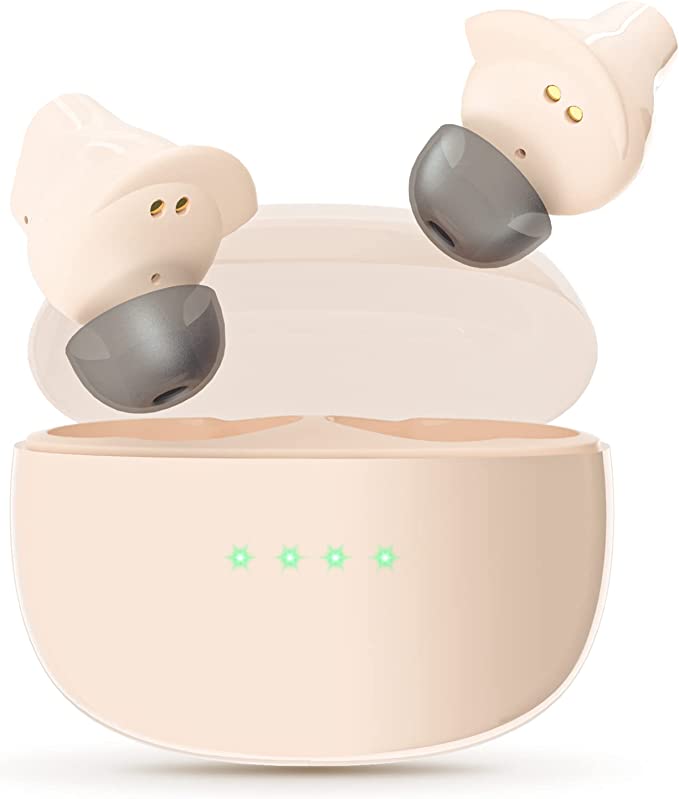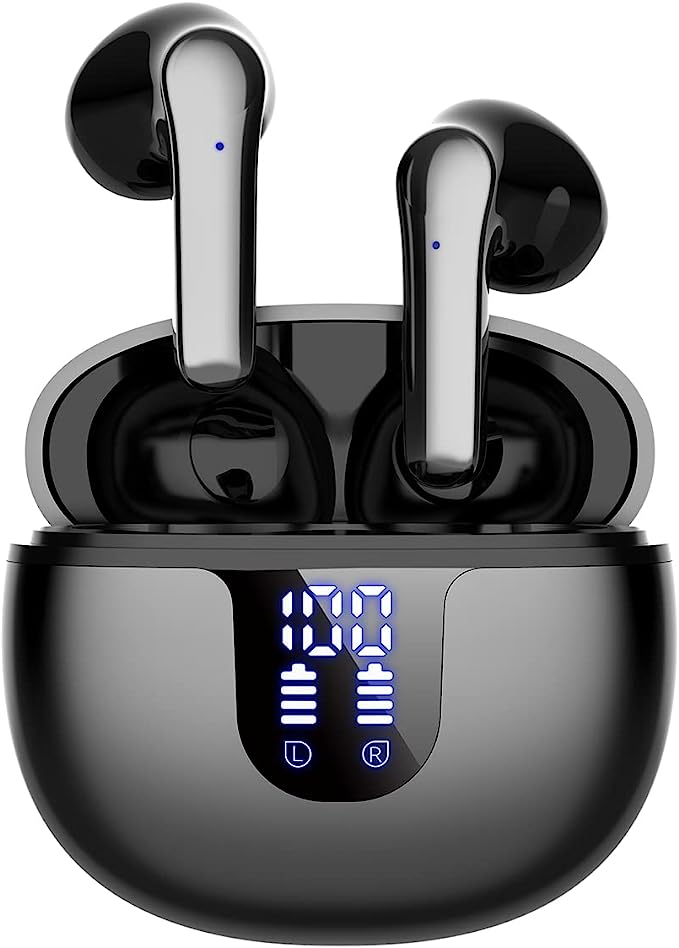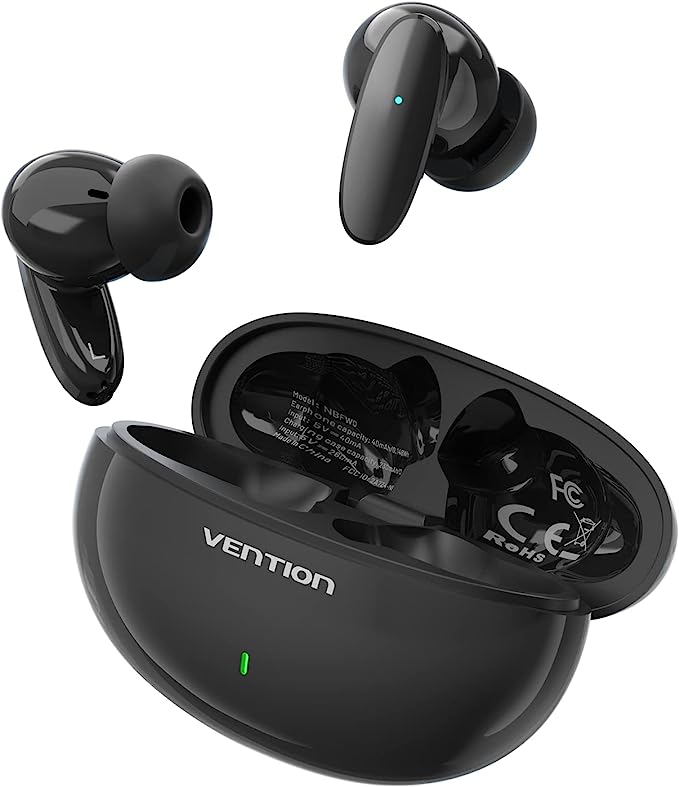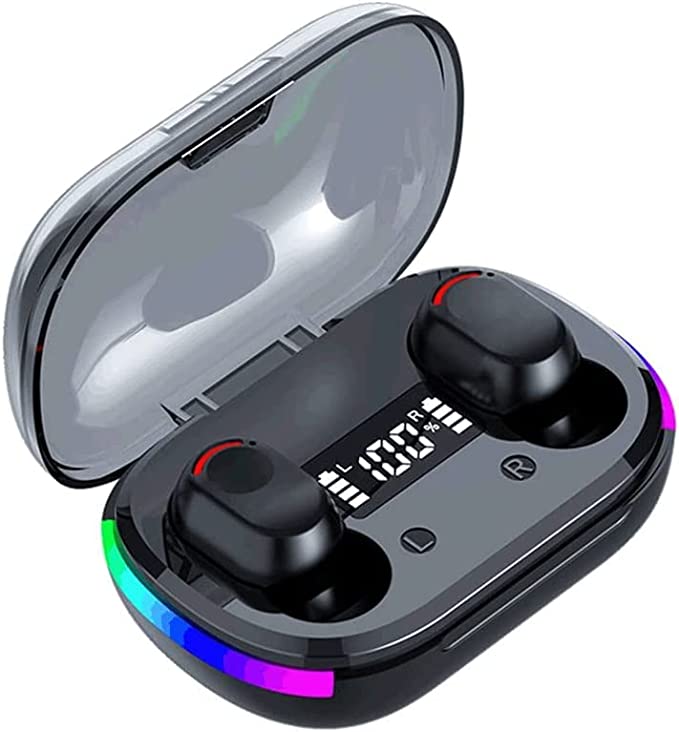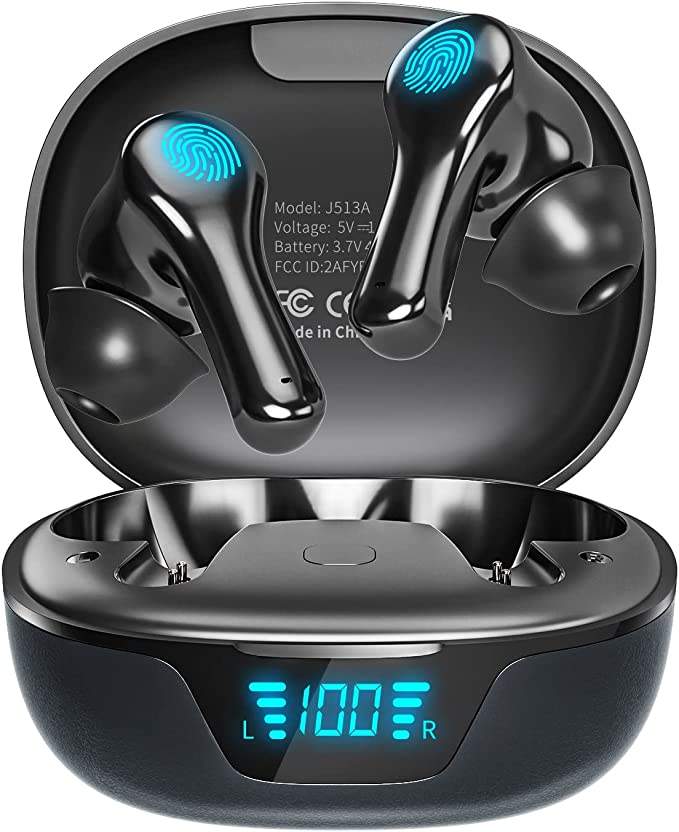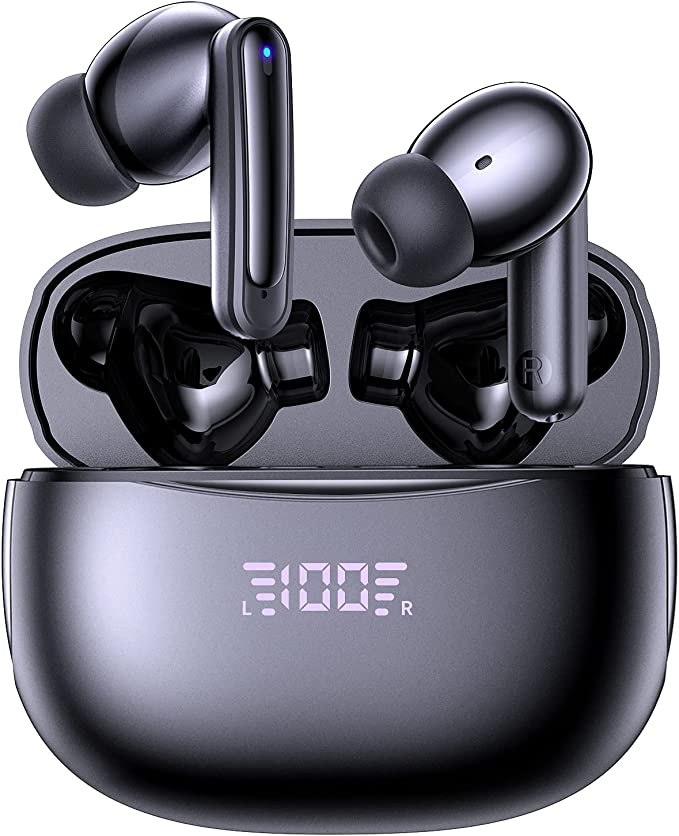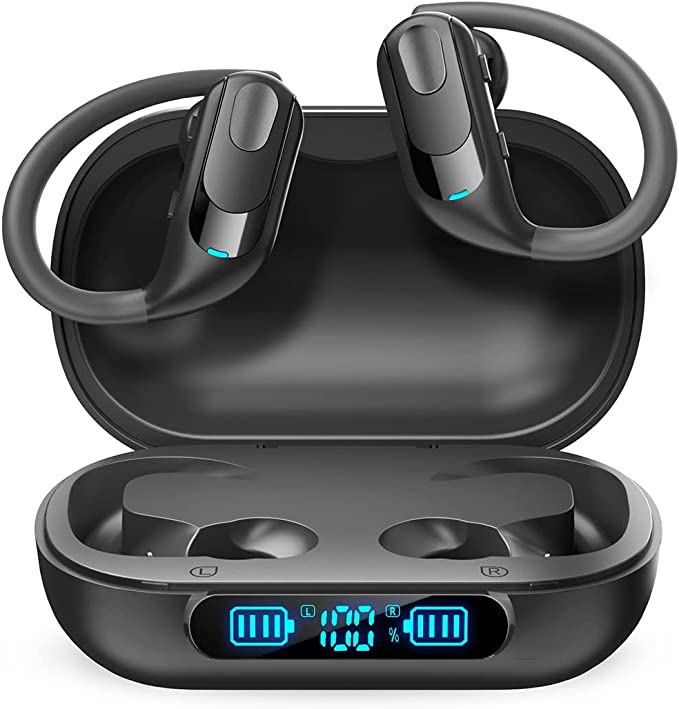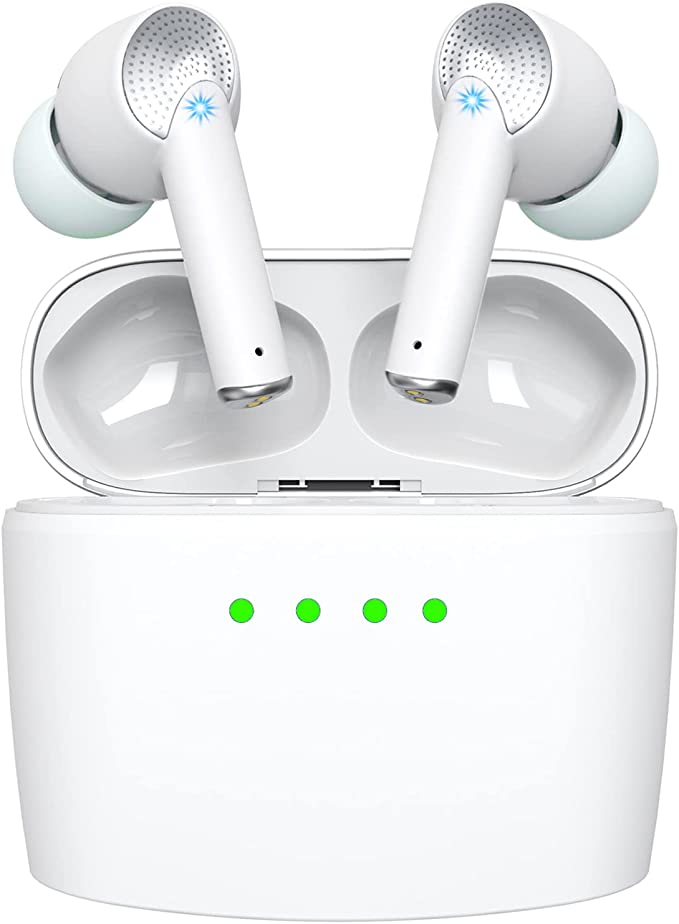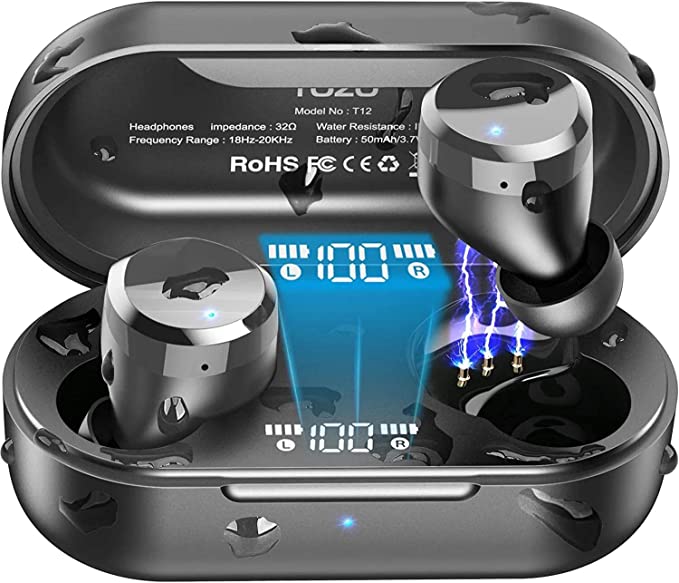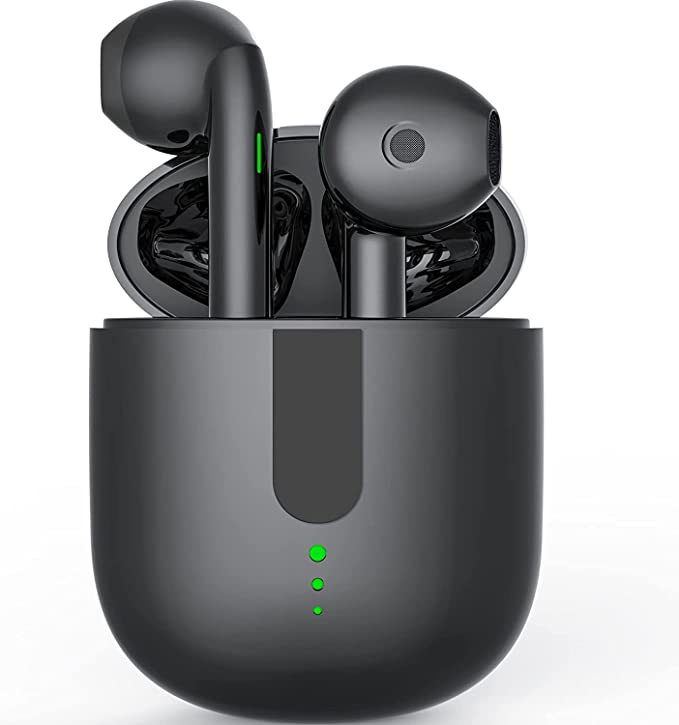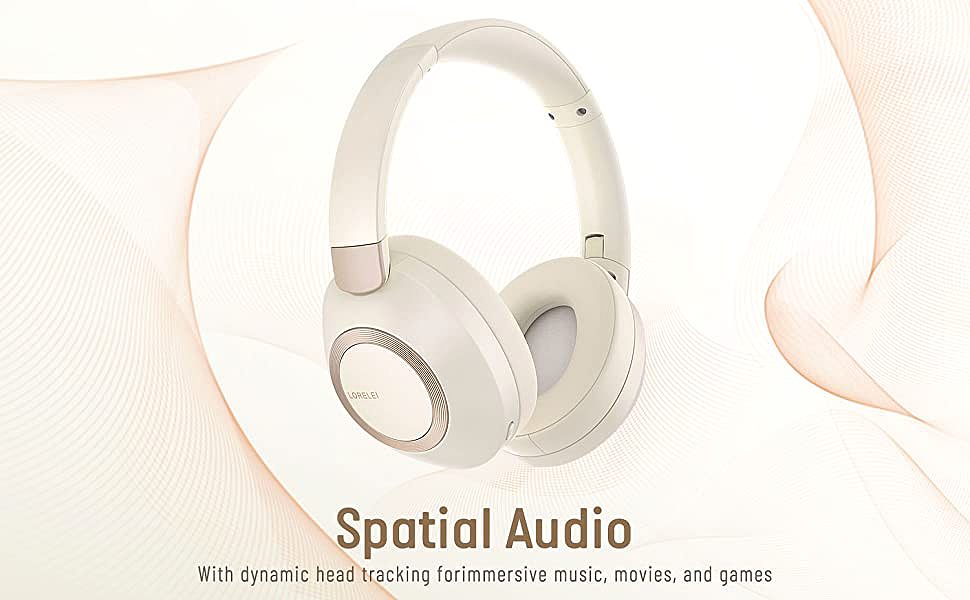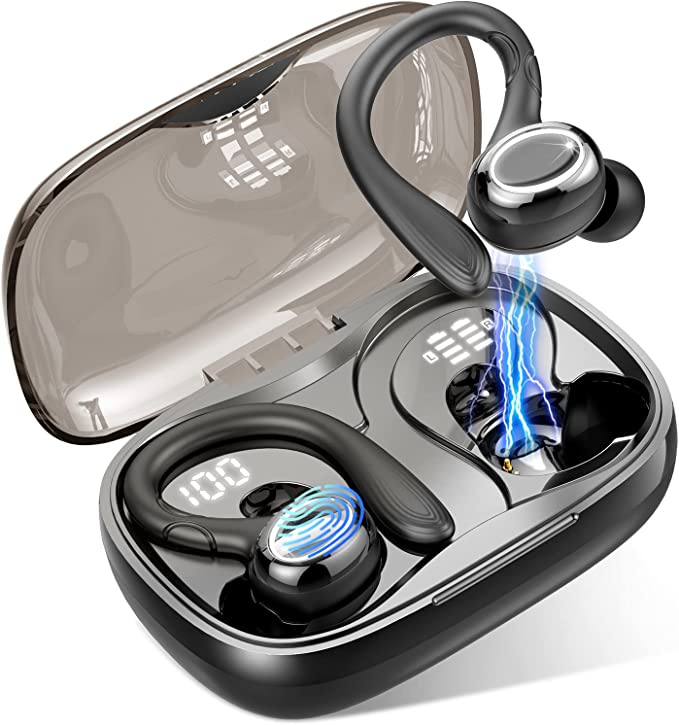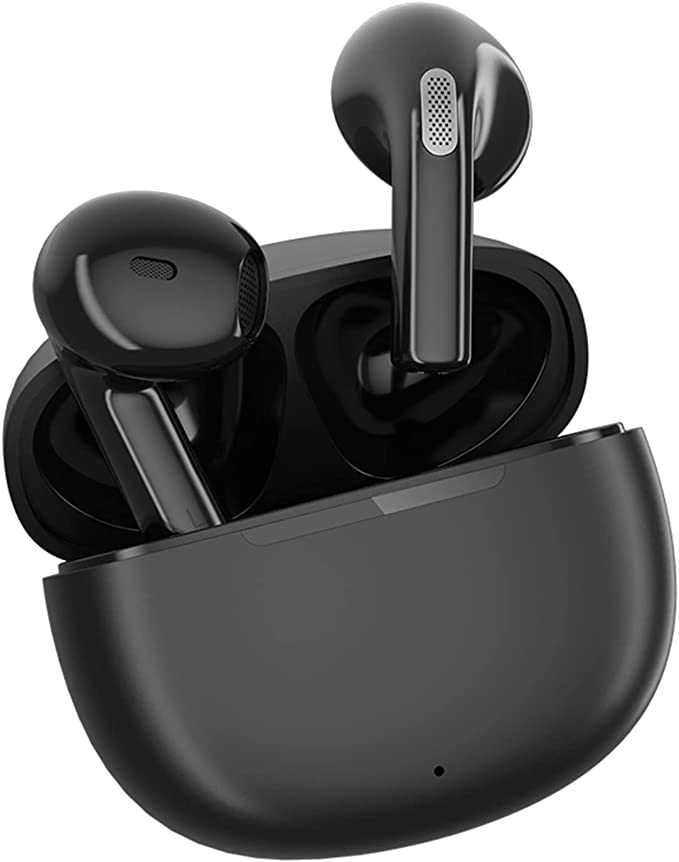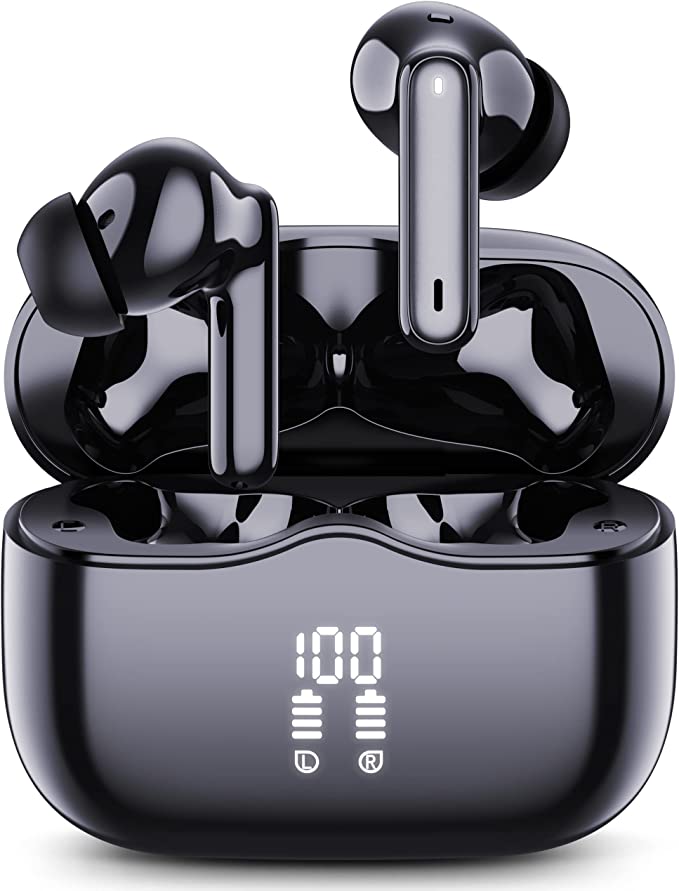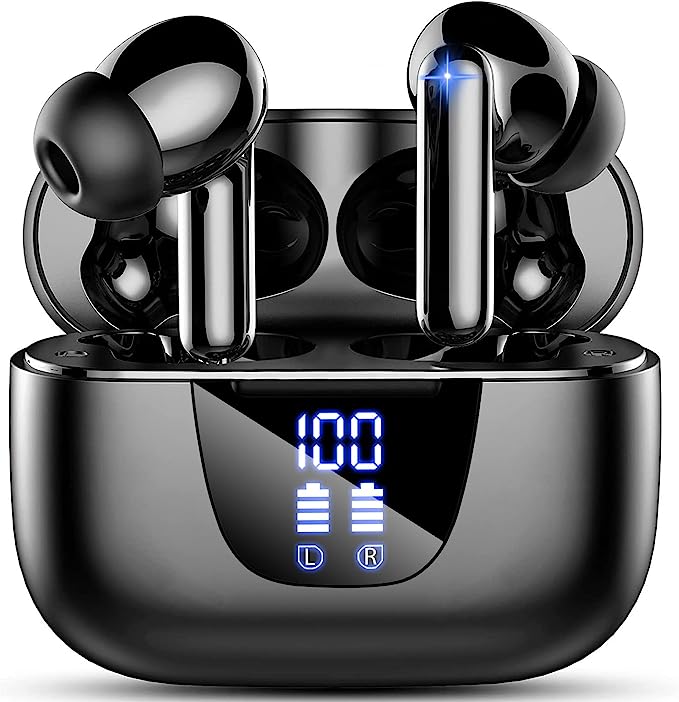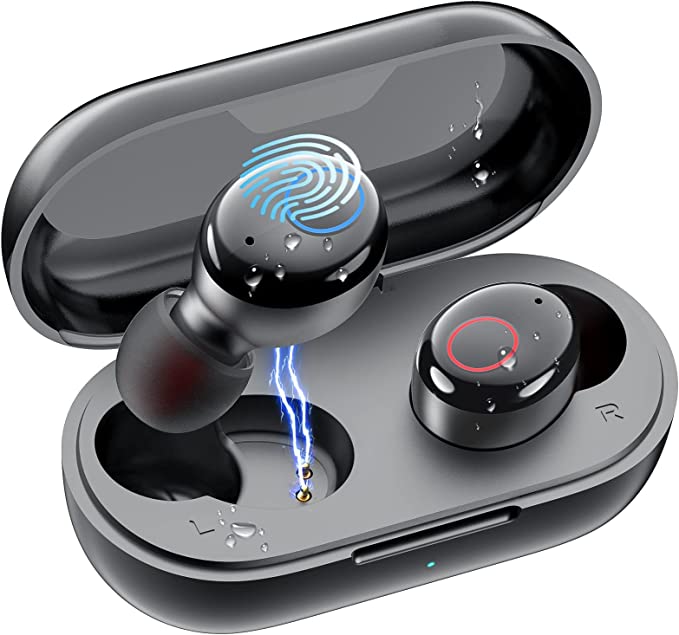Riwbox WT-7S Wireless Headphones - Light Up Your World
Update on June 22, 2025, 8:47 a.m.
Imagine a child’s face, already bright with the joy of a favorite song, suddenly illuminated further. Not just by an inner smile, but by the very headphones they’re wearing, pulsing with vibrant colors that dance in time with the music. It’s a captivating spectacle, but what’s the secret behind this enchanting interplay of light and sound? Let’s peel back the colorful exterior of the Riwbox WT-7S wireless headphones and explore the fascinating technology that makes them tick, especially for the young and young-at-heart.

The Glow of the Groove: How LEDs Keep the Beat
The first thing that grabs your attention with the Riwbox WT-7S is undoubtedly the light show. These aren’t just random, blinking embellishments; the “LED installed at both side of the headphone and will flash up and down according to the frequency of the music.” This synchronized dance is powered by LEDs, or Light Emitting Diodes. Think of LEDs as tiny, incredibly efficient lightbulbs, but with a clever twist. They are semiconductor devices, typically involving a P-N junction, which, when an electric current passes through, release energy in the form of photons – light! They’re durable, consume little power, and can produce a dazzling array of colors, making them perfect for portable gadgets.
But how do they “know” the music’s rhythm? Inside the headphones, there’s a small piece of electronic wizardry – likely a micro-controller or a dedicated integrated circuit. This tiny “brain” acts like a miniature light DJ. It constantly samples the audio signal being fed to the speakers, analyzing its frequency (the highness or lowness of the notes) and possibly its intensity or amplitude (the loudness). It then translates these audio characteristics into electrical pulses that tell the LEDs when to flash, how brightly, and perhaps even which color to display, creating that engaging visual pulse. For the user, this “vivid design element surely can bring happiness and passion to your daily life.”
Cleverly, Riwbox provides an option to “turn off the LED blinking effect so as to reserve more battery for longer music playing.” This is a practical nod to energy management. One observant parent, Shannon, even noted in her review that with the lights on, “when the volume is up really high I can see the red lights, and know to turn them down” – an unexpected but potentially useful visual cue for volume monitoring!

Cutting the Cord: The Unseen Waves of Bluetooth 5.3
The “wireless” in Riwbox WT-7S comes courtesy of Bluetooth 5.3 technology. If you’ve ever paired your phone to a speaker or earbuds, you’ve used Bluetooth. It’s a standardized short-range wireless communication technology that uses UHF radio waves in the ISM band (from 2.400 to 2.485 GHz) to transmit data between devices, effectively creating an invisible cord.
Why is version 5.3 noteworthy? Each iteration of Bluetooth aims to improve upon the last. Bluetooth 5.3 generally offers enhancements like more stable connections (meaning fewer annoying dropouts, even if your little one is dancing around the room), improved power efficiency (which contributes to that stated 10-hour battery life), and often, faster and more reliable pairing. As Riwbox puts it, “Once you done the matching, you can save the hassle for matching again.” This convenience is gold, especially when dealing with impatient young users. One parent, Faith M., found this wireless freedom invaluable for her kindergartener’s online lessons, allowing her child to “get up and dance for the songs and physically interact…without having to trip over a cord.” The Bluetooth connection seamlessly delivers the audio instructions to the headphones’ speakers.
The Heartbeat of Harmony: What Makes Those 40mm Speakers Sing?
At the core of any headphone’s sound are its speaker drivers. In the Riwbox WT-7S, these are “Powerful 40mm speaker” units. Think of a driver as a miniature version of the large speakers you might see in a home stereo system, precision-engineered to sit close to your ears. A 40mm diameter driver is a common and capable size for on-ear headphones, large enough to move a good amount of air, which is crucial for producing a full sound, especially the “strong bass” that Riwbox claims and many listeners enjoy.
How does it make sound? It’s a marvel of electromagnetism. The audio signal (a varying electrical current) flows through a voice coil attached to a diaphragm (a thin, flexible cone). This coil is suspended within a magnetic field created by a permanent magnet. As the current changes, it creates a fluctuating magnetic force, causing the coil and the attached diaphragm to vibrate rapidly back and forth. These vibrations push and pull the air, creating sound waves that travel to our eardrums.
The headphones boast a Frequency Response of 20 Hz - 20 kHz. This range is significant because it closely matches the typical spectrum of human hearing. The “20 Hz” refers to very low-frequency sounds (deep bass, like a distant rumble or a bass guitar’s lowest note), while “20 kHz” (or 20,000 Hz) represents very high-frequency sounds (like the shimmer of cymbals or a bird’s high-pitched chirp). By aiming to cover this range, the WT-7S strives to deliver all the audible components of music and audio, contributing to what Riwbox describes as “quality natural sound.”

Engineered for Young Explorers: Design, Comfort, and a Plan B
Beyond the electronics, the physical design of the Riwbox WT-7S is tailored for its intended audience. The “energetic foldable bluetooth headphone” design means it incorporates hinges allowing the earcups to fold inwards, making them more compact and easier to stash in a school bag or for travel.
It features an On Ear form factor. This means the earpads, made of soft material, rest directly on the outer ears, as opposed to Over-Ear headphones that fully encircle the ear, or In-Ear buds that sit inside the ear canal. On-Ear designs often strike a balance: they’re typically more portable and lighter than over-ear models, and some people find them more comfortable for extended periods than in-ear types as they don’t penetrate the ear canal. They also allow a little more ambient sound in than some over-ear designs, which can be a safety positive for kids needing to be somewhat aware of their surroundings.
Constructed primarily from Plastic, the headphones are relatively lightweight at 210 Grams. This is important for younger users, as heavier headphones can cause neck strain or discomfort. The choice of plastic also contributes to durability – a crucial factor for a product likely to encounter a few bumps and drops in a child’s hands. User Shannon attested to this, mentioning, “they have lasted through many drops.”
And for those times when the battery inevitably runs low, or if you want to connect to a device without Bluetooth (like an older MP3 player or an airplane’s entertainment system), there’s a “Wire/Wireless mode.” The inclusion of a 3.5 mm Jack and the “Riwbox D1 audio cable” provides a reliable analog backup, ensuring the music or audiobook doesn’t have to stop.

Powering the Playlist: Battery Smarts and Easy Controls
A portable wireless device is only as good as its battery life. The Riwbox WT-7S offers a claimed Battery Life of 10 Hours, with a Charging Time of 3 Hours. This endurance is typically provided by a rechargeable lithium-ion or lithium-polymer battery – the same kind of power cell found in smartphones and laptops, prized for their high energy density and ability to be recharged many times. Ten hours should comfortably get a child through a day of intermittent use, or several shorter listening sessions.
Controlling the experience is made straightforward with “switches located at both sides of the headphone,” allowing easy access to functions like “go to next song, previous song, volume control when using bluetooth mode.” Physical buttons provide tactile feedback, which can be more intuitive for children (and many adults) than purely touch-sensitive controls. And, of course, a built-in Microphone turns these headphones into a communication tool, suitable for taking calls or participating in online chats.
A Sound Note for Parents: Listening Safely
While the Riwbox WT-7S offers a host of fun and convenient features, it’s vital to address a point raised by user Faith M.: “this is NOT a volume capped device for making sure the sound doesn’t go over a certain limit so you will have to monitor the sound level every time before you put it on your child.” This is a crucial piece of information for any parent. Many headphones designed specifically for young children incorporate circuitry to limit the maximum volume output to levels generally considered safe for developing ears.
Since the WT-7S does not appear to have this feature, the responsibility falls on caregivers to teach children about safe listening habits and to regularly check the volume levels. Prolonged exposure to loud sounds can damage hearing, and young ears are particularly vulnerable. The World Health Organization (WHO) and other audiological bodies provide guidelines on safe listening levels and durations; for instance, they generally recommend keeping volume below 85 decibels (dB) for extended periods. Keeping an eye on those visual volume cues mentioned earlier, if present and reliable on your specific unit, could be one small aid, but direct supervision and education are key.

Beyond the Specs: The Spark of Joyful Tech
The Riwbox WT-7S wireless headphones are a fascinating example of how several established technologies – vibrant LEDs, reliable Bluetooth, capable audio drivers, and thoughtful portable design – can be combined to create a product that’s more than the sum of its parts. They aim to deliver not just sound, but an engaging sensory experience. The flashing lights add an undeniable element of fun and personal expression, particularly appealing to students, kids, and teenagers.
While audiophiles might seek a more nuanced or reference-grade sound signature, the WT-7S focuses on delivering an energetic, enjoyable audio experience coupled with visual flair, all at an accessible price point. It’s a reminder that technology doesn’t always have to be about groundbreaking innovation; sometimes, it’s about cleverly packaging existing science to bring a little extra light, sound, and joy into our everyday lives, and perhaps, spark a young mind’s curiosity about the wonders of science and engineering hidden within their favorite gadgets.
